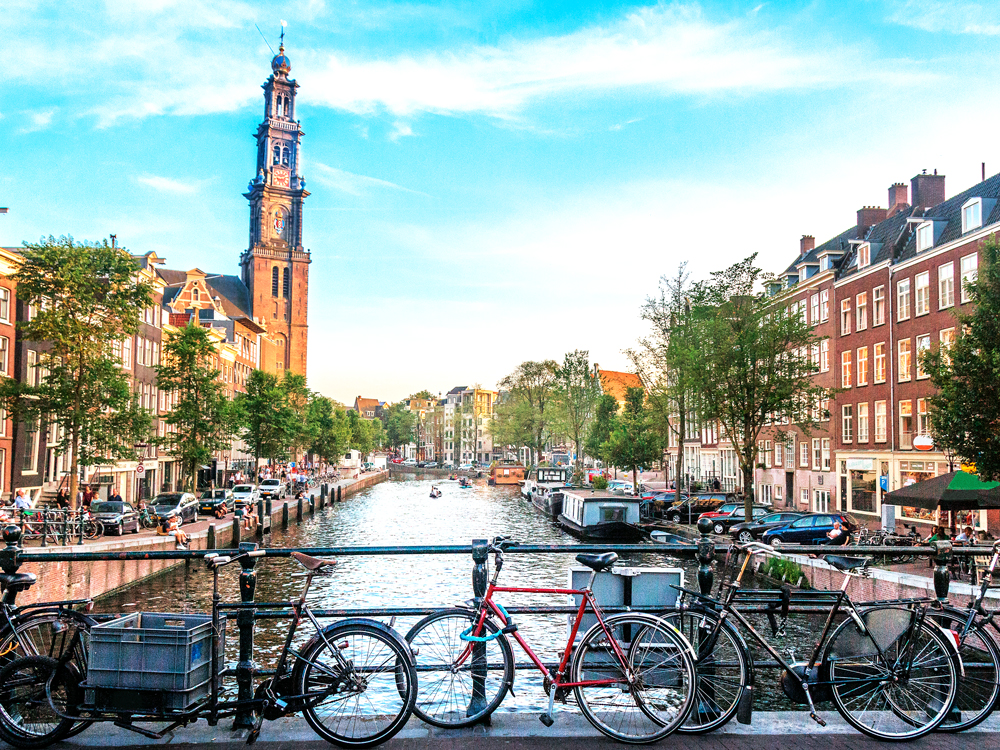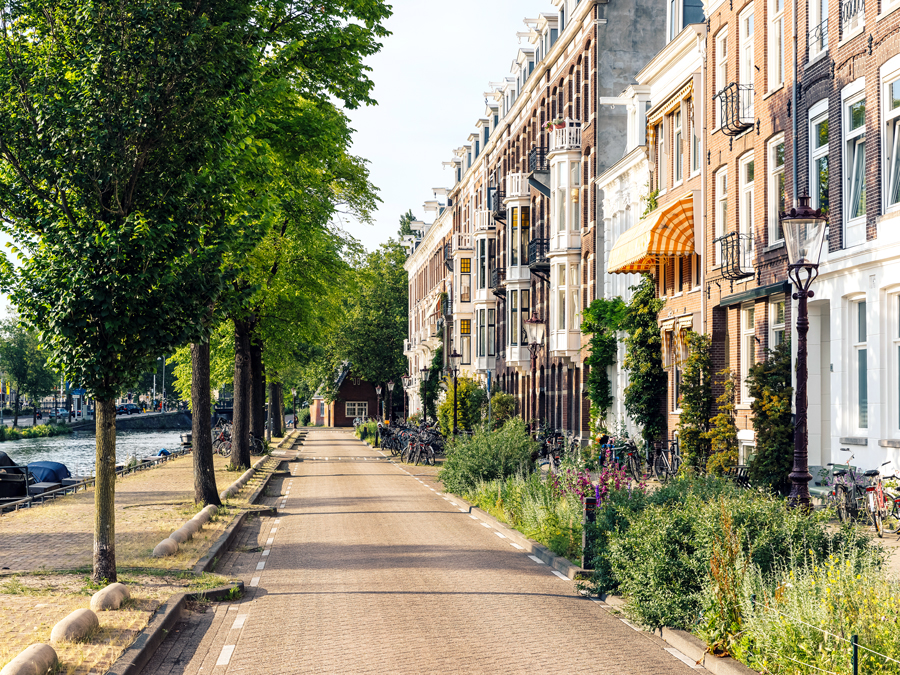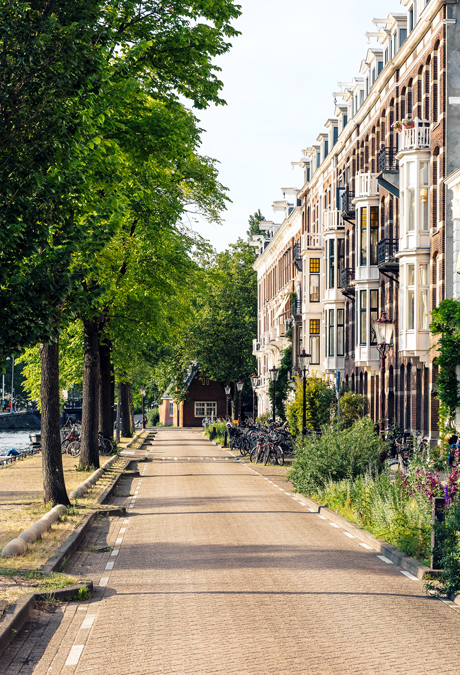While an influx of visitors to a city often brings welcome economic advantages, it can also exacerbate environmental and social issues. Often, these unintended negative consequences can threaten the essence of a destination — the exact thing that drew outside attention in the first place. Managing the effects of tourism is a balancing act, and it’s all too easy for the scales to tip the wrong way. At least one extremely popular European destination is trying to prevent that with bold new regulations. Discover why this city won’t be building any new hotels anytime soon.
The Case of Amsterdam

Tourism to the Dutch city of Amsterdam has been rising at a steady clip. In 2023, more than 20 million people visited this city of around 920,000 people. And it’s not difficult to see why — as one of the world’s best-planned cities, Amsterdam charms with its many canals, world-class museums, pretty architecture, and famous nightlife.
For years, Amsterdam’s city council has tried different measures to minimize the negative impacts of overtourism. The “City Centre Approach” manifesto sums up their intention: to protect the character of the Dutch capital, welcoming those visitors who respect its inhabitants while discouraging those whose behavior doesn’t correspond with these values.
The current tourism policy outlines a number of initiatives, including taking action to minimize disturbances caused by rowdy bachelor parties and organized pub crawls, as well as implementing earlier closing times for bars and clubs where residents may be experiencing disruption. There are also attempts to redress the city’s image as one where “anything goes,” by introducing bans on smoking cannabis on the street and strict criteria for those wishing to lead tours through the infamous red-light district. The city is even considering spreading tourist attractions and facilities throughout the city rather than concentrating them in a relatively small inner-city area.
Meeting Stringent Targets Will Be a Challenge

The most recent initiative from Amsterdam’s policymakers is perhaps the boldest one yet. Keen to ensure a better standard of living for residents, the city council has made the difficult decision to limit the number of new hotels in the city.
The latest ruling is one of a slew of measures aimed at capping tourist numbers in this popular destination, along with restricting the number of cruise ships allowed on the city’s waterways. The goal is to not exceed 20 million hotel nights for tourists per year. In 2023, the figure stood at 20.67 million, not including holiday rentals, bed-and-breakfast accommodations, and overnight stays from cruise passengers.
While the goal is a lofty one, some progress has already been made. Since 2017, only three planning applications for new hotels have been approved. However, it’s common for planning permission to be granted long before a hotel opens, and there are currently 26 hotels in the pipeline, all in possession of the required permits.
And even as the regulations are tightened up, there are still exemptions for new hotels planning to occupy sites that have previously held the same function, so long as they can demonstrate they meet certain sustainability standards. Unfortunately, rectifying the situation isn’t simply a case of saying “no more.”
Housing Problems for Local Governments

An important factor that has exacerbated Amsterdam’s overtourism situation is the demand for short-term rentals of entire apartments and houses, which can be lucrative for property owners. In turn, this has had a knock-on effect on the availability of housing stock in the city and has increased the cost of longer-term rentals for residents.
As space is at a premium, the availability of housing stock dwindles, particularly as new builds can’t keep pace with demand. In short, vacation rentals are pricing some locals out of the city they live and work in. Commuting longer distances comes with environmental implications, as well, which is why the city council has decided action is needed.
The Problem Isn’t Confined to Amsterdam

Amsterdam is far from alone in dealing with a record influx of visitors. Some popular places, such as Machu Picchu in Peru, have instigated a cap on daily numbers and require permits for popular hiking routes such as the Inca Trail. Others have imposed temporary closures to enable fragile environments to recover, including Maya Bay in Thailand and Iceland’s Fjaðrárgljúfur Canyon.
Other destinations rely on fees levied for day visitors, like the charge recently introduced in Venice. It’s hoped such fees may discourage casual visitors in this perennially popular Italian city, while also creating a useful revenue stream. In the meantime, consider searching for less-crowded alternatives or even look-alikes to these popular tourist destinations.
More from our network
Daily Passport is part of Optimism, which publishes content that uplifts, informs, and inspires.























